If you’re looking to grow your business in 2018 and beyond, you need to get started in the right way.
In order to get the massive growth you’re hoping for in the coming years, you should make sure your business is organized.
This is easier with a large business and a huge budget — and hundreds (or thousands) of employees — plus plenty of time to dedicate to staying organized.
But how can you make sure your small business is in order when you’re strapped for cash and you only have a few employees?
Well, I’ve been there before.
I know the pain of fighting desperately against the disorganization that affects every small business.
And I know that even if you’re using the best tools to grow your business, success can lag if you aren’t putting the right things in place to make sure you’re growing.
Here’s how to stay organized in 2018 and beyond.
1. Manage your office space and storage
To get started, you need to make sure your physical surroundings are neat and organized.
This ensures that you’re able to perform at your highest level. In many ways, the organization of your entire company is determined by how organized your desk is.
To start with, make sure everything has a specific place, even if that place is in a pile of papers on your desk.
To make the best use of this space, Bellevue Business Journal recommends using vertical storage opportunities to improve your workflow and efficiency.
Since paperwork tends to consume a lot of the time and resources of most modern office workers, you should consider storing this offsite.
This means you’ll spend less time managing your documents, and you can be sure they’re safe and protected better than you could do yourself.
If this isn’t exactly your style of working, however, I’ll show you another method that can help reduce your paper workload in a minute.
2. Keep track of customer support
Your loyal customers are at the heart of your business.
While they take up a lot of your time and resources, it’s time well spent to keep them happy and pleased with the services you have to offer.
In order to make sure you’re reaching them effectively, consider using a program like Groove, which allows you to manage your customer tickets effectively.
This allows you to spend less time managing customers, and more time improving your product and business systems.
It’s important to automate your system, but it’s a bad idea to automate your relationships with customers.
Look to use software like Groove that allows your employees to strengthen your relationship with your customers, but don’t try to automate the process.
This will only leave you feeling frustrated when customers leave you behind for competitors that treat them better.
Instead, make it easy to treat your customers with world-class service, and they’ll reward you with continual business and referrals.
3. Plan your social media campaigns in advance
If you’re running a social media marketing campaign on a budget, you need to reduce the time you’re spending keeping things online.
Instead of wasting time publishing posts every few hours, you should schedule things beforehand.
This simple organization technique will save you countless hours and help you improve your efficiency and productivity.
There’s also another technique that can take things to the next level. Instead of just writing out social media posts for the next few days, why not let the system publish them for you?
Meet Edgar is a great way to manage your content beforehand, allowing you to write social media updates once, and then have them sent out multiple times afterward.
This is a great way to keep things organized, without repeating yourself by constantly updating your social feeds.
4. Manage your expense receipts
If you’ve been running your small business for any length of time, you know how frustrating it can be to manage all your expense reports.
They’re a hassle to track and record, but they need to be managed so you can stay up to date with taxes and ensure your finances are in order.
You can’t just put them off when more important work comes up, though. You should track each purchase and transaction weekly.
The solution?
Use software like Expensify that does all the work, keeping your expenses organized and recorded so you can focus on the things that really matter.
And speaking of letting software handle your paperwork, you can extend this to other areas of your business for stellar results.
5. Go paperless
If you want to reduce the clutter and management that’s associated with all the papers you need to keep up with, it might be time to go paperless.
This means instead of keeping track of dozens of files and folders all the time, you just reduce everything to digital scans of the most important documents.
If you’re going to try this, you need a way to quickly scan documents on the fly so you don’t struggle to keep up with the workload.
CamScanner is a great app for scanning your bills and other papers quickly and easily.
CamScanner allows you to keep the files in the app, but you can also transfer them to your computer.
If you need to share these files with a team of individuals, I recommend keeping your archived files in a program like Dropbox.
This ensures that everyone in your small business is up to date with the most recent documents, but you don’t have to worry about extensive file management offline.
6. Organize your passwords
If you’re like most people, you have one of two systems for managing your passwords.
Either you use the same password all the time for different websites or you constantly forget the passwords you’ve set for each site.
Instead of either of these, I recommend a third system: letting an app handle your passwords for you.
Yes, you can do this automatically in a browser like Chrome. But unfortunately, this isn’t completely safe, as anyone who has access to your computer can use them.
Instead, I recommend using 1Password to manage your passwords. This is a program that stores your passwords together in the mobile and desktop app.
Unlike Chrome’s autofill feature, however, you must enter a single password to access the other passwords.
This is a series of a few words, which is easy to remember, but nearly impossible to hack.
Here’s how it works. Let’s say you need to log into your account on Stripe. You would go to the Stripe login page.
You can either click the 1Password icon in Chrome or you can enter the keyboard shortcut Command + \.
This brings up the 1Password form, where you’ll enter the word-based password that gives you access to other passwords.
1Password then auto-fills Stripe with your login information and the saved password. It also logs you in automatically, so it’s one less click you need to make.
1Password will store information for a variety of accounts.
The best part is that every site can have a complex, unique password, but you can access them all with your single phrase.
In fact, 1Password will even generate a random, high-security password if you want it to.
This means less of your memory is dedicated to passwords, and you can get more done by working efficiently and keeping your logins organized.
7. Improve your workspace for increased productivity
If you’re going to make progress with your business, you need to create an environment that supports that vision.
There are a few proven techniques that can help you get more out of your workspace.
Believe it or not, by adding a few plants around your office, you can increase productivity by 15% through improved concentration.
You’ll also get a boost by using a standing desk and cleaning up your cables.
These techniques help you stay energized and focused, without the distractions that come from a cluttered workplace.
They may only take a few minutes, but even small changes that improve your productivity can make a huge difference in how organized and productive your small business is.
8. Keep track of notes in the cloud
If you write notes, to-do items, ideas, and contact information on scraps of paper or whatever’s closest, it’s time to get more organized.
While you probably already know that Evernote is a great way to do this, you should start implementing it immediately.
To make Evernote work best, you need to decide which philosophy you’ll apply.
Will you record everything there, and use the search feature to find your notes later?
Or will you carefully place your notes in folders and use tags and headings to make sure you know what’s in the program?
Either of these is a valid option. The key is to create a system that works for you and then keep using it.
9. Keep your computer’s desktop organized
Just like your physical desk should be clean and in order to help you stay organized and get work done, your digital desktop should be clean and organized, too.
A good rule of thumb is that if you can’t see your desktop background, you should work to reduce and remove the items cluttering your computer.
Once you’ve cleaned up your main screen, consider eliminating your downloaded files, and removing any links or other files you aren’t using.
If you like, you can even clean out your trash and save some hard drive space.
This is a great way to provide a refreshing look at your work processes that will help you stay organized.
10. Improve your scheduling system
If you have frequent meetings, video chats, or windows for others to schedule times to work with you, you need a way to manage those time blocks effectively.
Most people tend to use back-and-forth emailing and calendar invites to schedule events like this.
But the continuous adjustment of schedules can be taxing and a waste of time. Instead, find a perfect time to meet using a program like Calendly.
Calendly lets others schedule a time to work with you, so you don’t need to message back and forth at all.
It’s a simple way to stay in contact with others without the confusion that usually accompanies scheduling hassles.
11. Track your time effectively
If you’re a freelancer, you know the importance of tracking your billable hours.
But even if you don’t need to track hours to ensure you get paid, it’s a good idea to start using a program like Toggl.
Toggl is a quick and easy way to track your time, which can be helpful for any small business owner.
By creating separate projects and tasks in Toggl, you can easily keep track of the hours you’re putting in to reach your most important goals.
Instead of wondering why you haven’t met the benchmarks you set earlier, you can use Toggl to stay organized and track how you’re spending your most valuable resource — your time.
12. Keep track of invoices and payments
Every small business needs to manage payments, invoicing, and billing. This is a critical feature that keeps the business alive, but it can be a struggle to keep everything organized.
Instead of constantly working to make sure this is effective for you, consider using a program like FreshBooks to handle your invoices.
Remember, the vast majority of the payment information you need to manage doesn’t directly affect the quality of your work or appeal to your core competencies.
For any of these types of administrative tasks, look to direct them to software to save time for yourself.
The fewer tasks you need to complete in a day, the more you can focus on the areas that really appeal to you and help you to accomplish what you need.
13. Plan ahead for quarterly taxes
If your business is based in the United States, you’ll need to make sure you pay the quarterly taxes due every few months.
Even if you’re not based in the U.S., however, you need to stay updated on the tax policies for your country and region.
This isn’t just something you should think about organizing.
If you aren’t in compliance with the tax regulations where you live, you could end up paying fines or even being shut down.
To make sure you’re staying up with the taxes and paying the amounts that are due at different times, look into a service like inDinero.
It will guide you to ensure you’re keeping up with your taxes without spending too much time staying organized with the requirements for your locality.
14. Tame your email inbox
If your inbox is overflowing with unread emails, it can be frustrating and it might consume far too much of your time.
You’ll be more successful with your small business if you reduce this to a low number of important emails and clean out your inbox regularly.
Productivity expert Brian Tracy recommends keeping a clean email inbox, deleting your junk emails, and only saving the ones you’ll need again.
If you struggle to manage your inbox effectively, you can try Inbox by Gmail. This app bundles different types of emails together.
That means you can quickly see your social updates, purchase receipts, or trip itineraries without sifting through important personal and work emails.
By skimming the less important emails, you can work through your inbox even more quickly.
This is one of a lot of different tools that can help reduce the time you spend sending and receiving emails and it will save you plenty of hours while keeping you more organized.
15. Clean up your reading list
If you’re like a lot of entrepreneurs, you’re constantly finding articles you know will help you grow your business and increase your revenue and conversions.
If you don’t have the time to read the article, however, you probably store it somewhere else, like as a bookmark in your browser or by emailing it to yourself.
If that’s the case, you’ll want to change this unwieldy list of articles into something you can easily manage.
I recommend Pocket, which helps you keep track of articles and videos you want to read or watch later. It’s a simple system that keeps interesting articles you save.
To use it, you’ll want to first find an article that looks interesting. If you install the Pocket Chrome extension, you’ll need to click it in the browser window.
In the drop-down menu that appears, you can add a tag and see related articles that others have saved to read later.
Instantly, the new article you save will appear in your main list of pieces to read on Pocket.
Even better, the articles you save on Pocket are available to read on all your devices. This makes it easy to keep reading on your phone when you’re traveling.
Having a reading list of articles on Pocket allows you to quickly save interesting pieces without creating a messy list somewhere on your computer.
If you do a lot of reading online, it’s a great way to organize your reading material and keep it available to access on all your devices.
16. Reduce your physical paper storage
I mentioned earlier that paperwork is a huge frustration for many small business owners.
You can reduce the amount of time you spend managing papers by first creating an organization system for your workplace.
If you like, you can take your paper management from an in-house task to something another company does for you.
If neither of those sounds like an appealing option, all hope isn’t lost. Start by organizing your stored documents in a logical order.
Be sure to keep your most important papers close by for easy access.
For any papers you don’t need anymore, you should get rid of them. The more papers you get rid of, the less space you’ll need to worry about.
This is the single-most effective way to keep your papers organized without extensive management systems. Simply throw away what isn’t needed.
If you keep important files and documents that can’t be thrown away, consider using a service like Shred-It to destroy your documents.
This is a great way to stay secure and reduce the workload and hassle associated with the papers you need to manage on a daily basis.
The fewer pieces you need to worry about in your small business’s organizational system, the more you’ll be able to focus on what matters most for your business.
Conclusion
If you’re looking to grow your business in 2018 and beyond, you need to make sure you’re organized to handle the inevitable growth you should expect to see.
In order to do that, you need to make sure your finances are in order. Be sure to track your expense receipts and transactions.
Ensure you’re ready for any taxes that need to be paid during the course of the year.
If your finances are organized, you need to make sure your office space is organized, too. Use some proven methods for boosting productivity by organizing your storage space.
And while it might not be a solution for everyone, considering going paperless. Store all your documents in the cloud, and shred the extra papers cluttering your workspace.
Your time is one of your most precious commodities as a small business owner, so make sure it’s organized with time tracking and scheduling.
Look to reduce your tasks by improving your email workflow, managing your reading list, and keeping your notes, passwords, and desktop organized.
Finally, automate your marketing campaigns and keep a process in place to handle customer relations and support.
What strategies will you use to keep your small business organized?


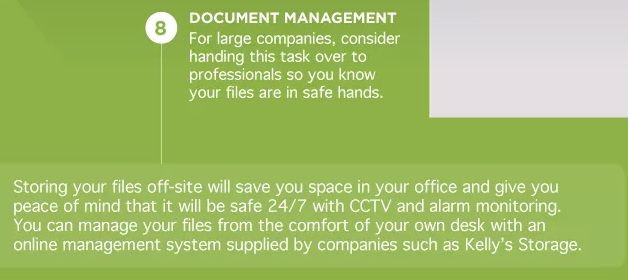
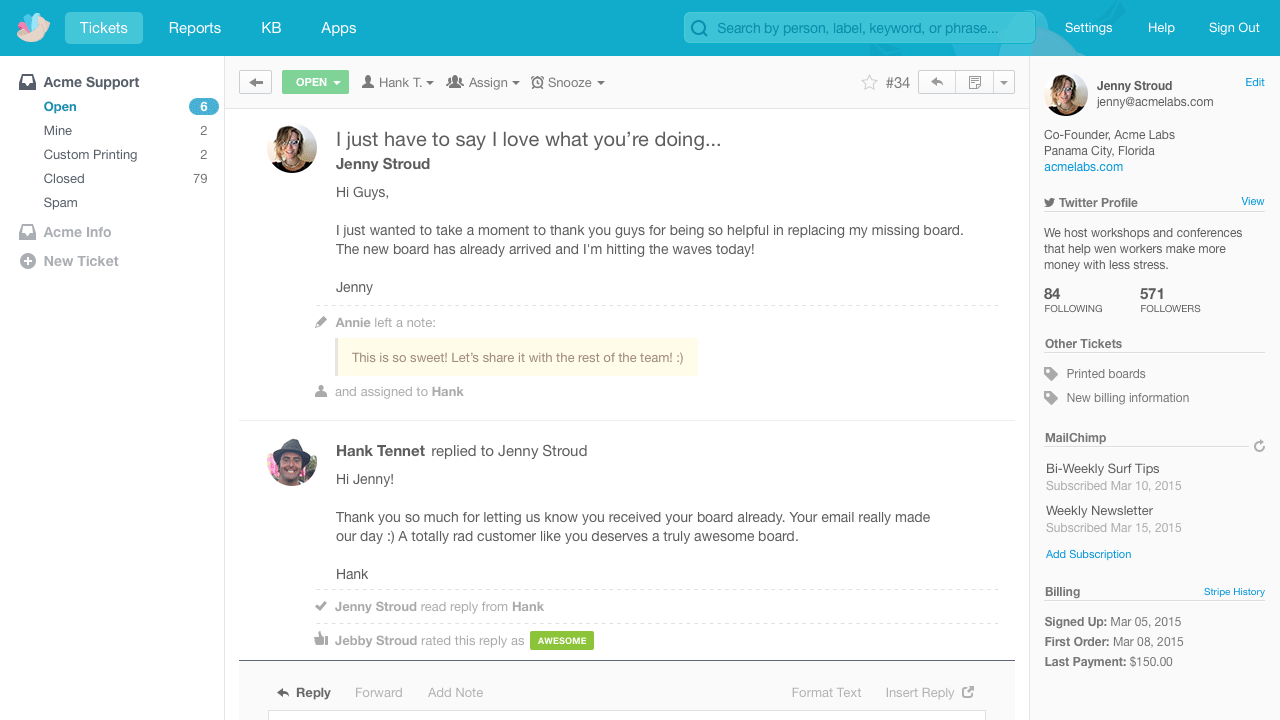
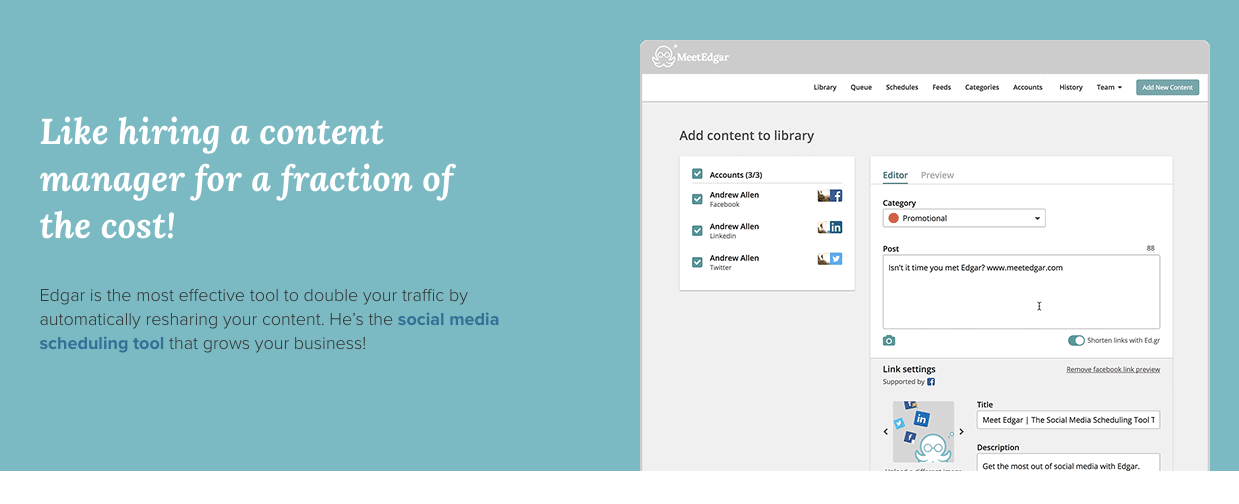
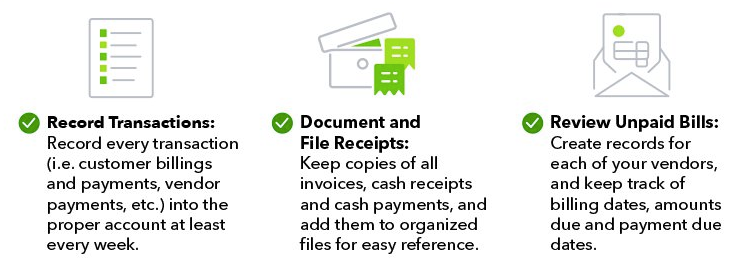

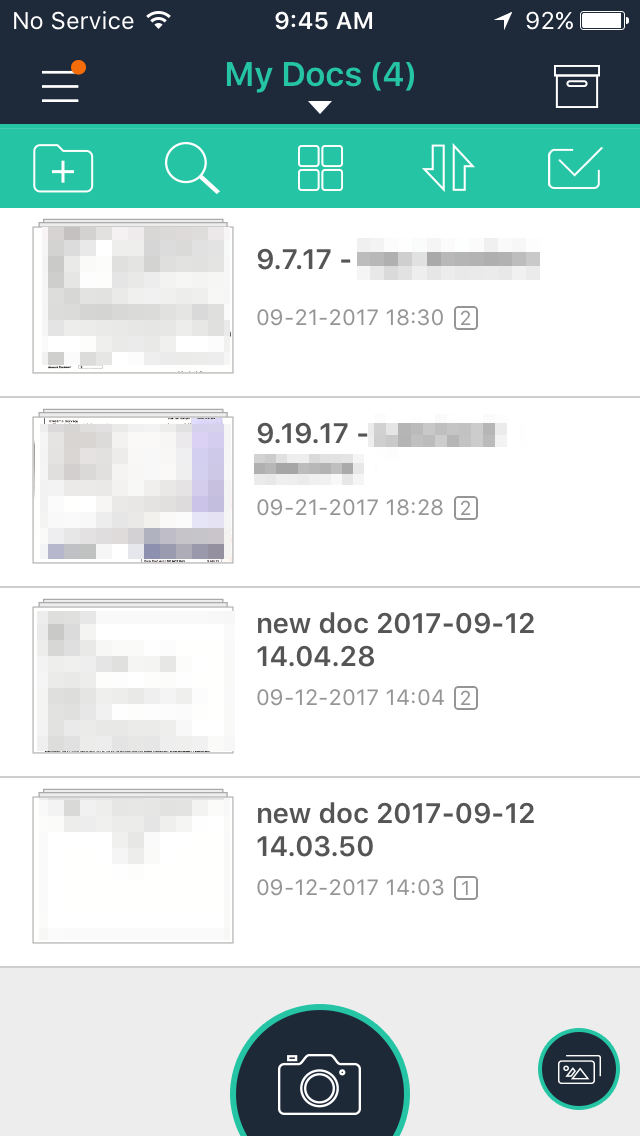
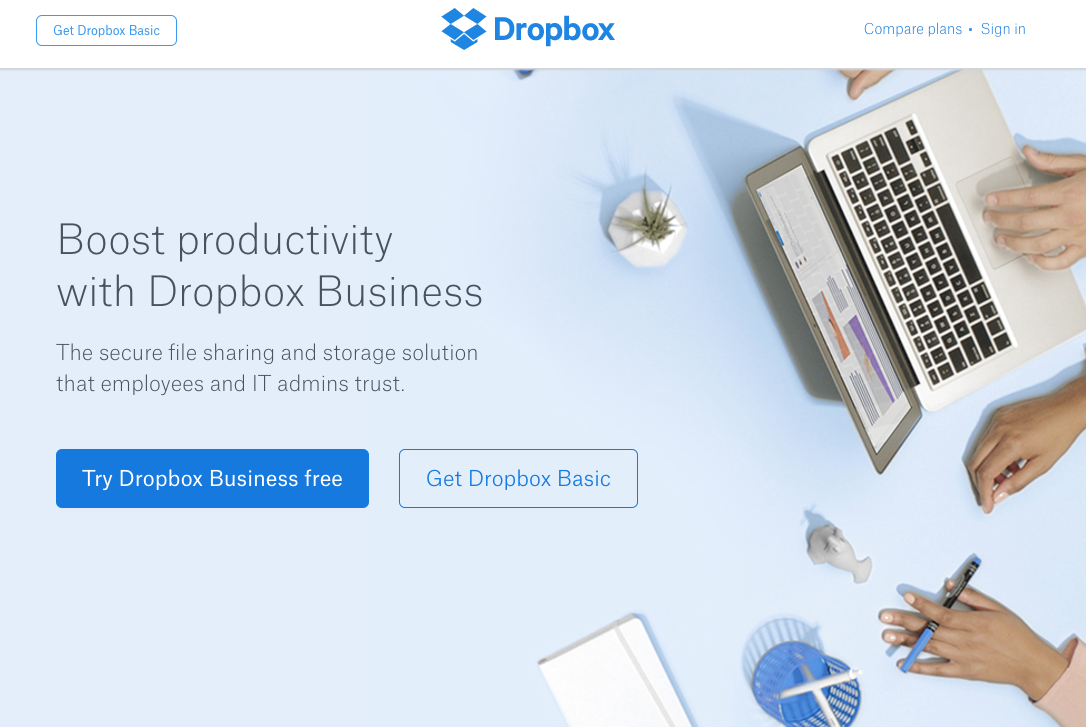
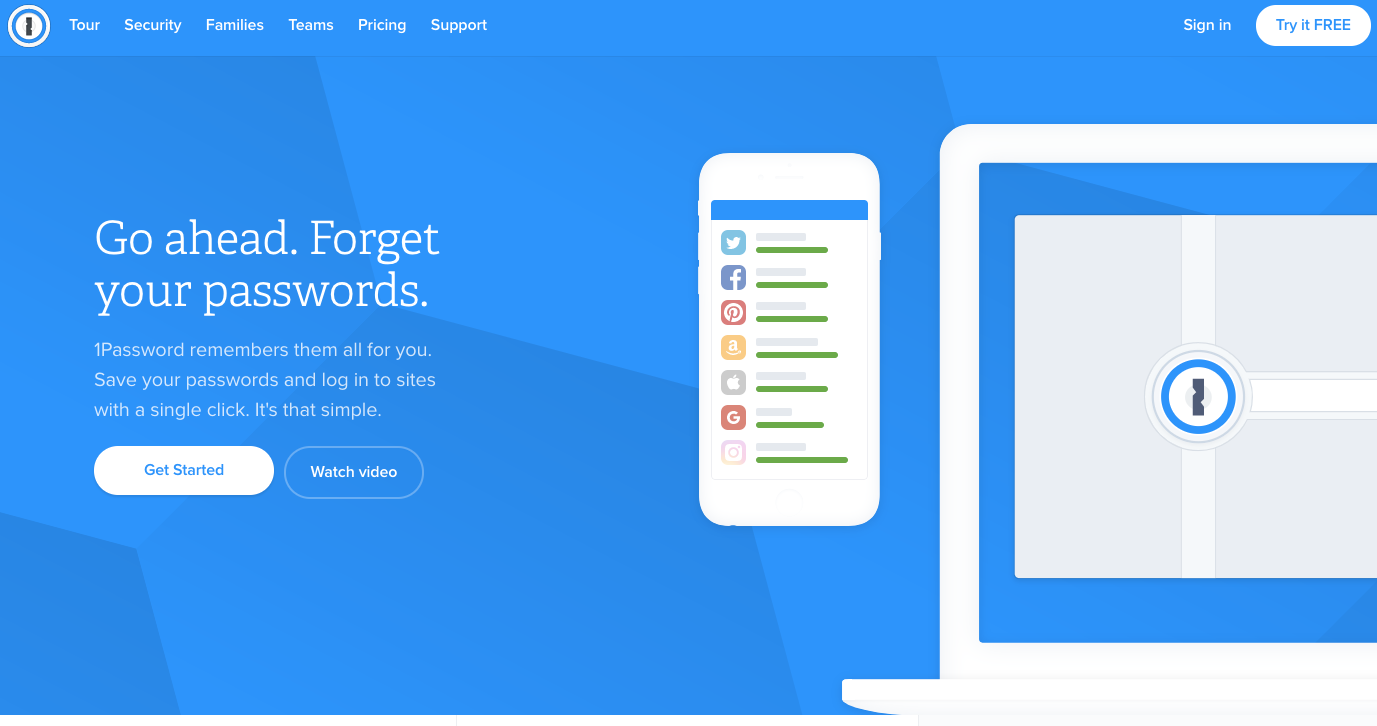
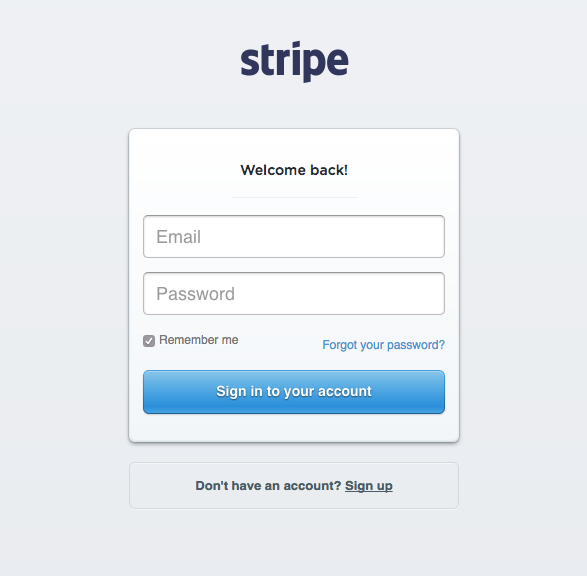
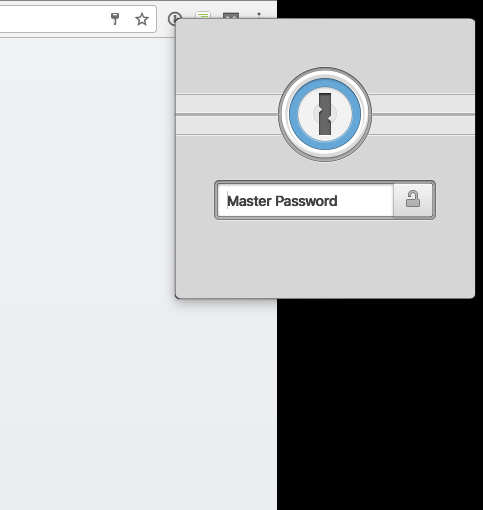

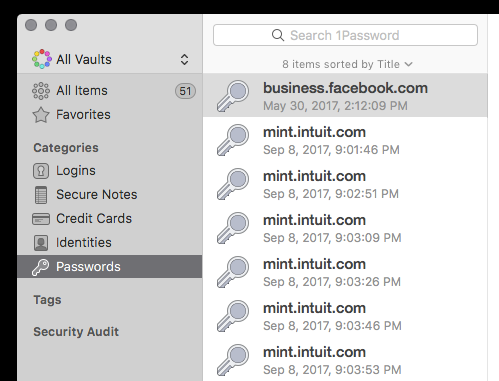
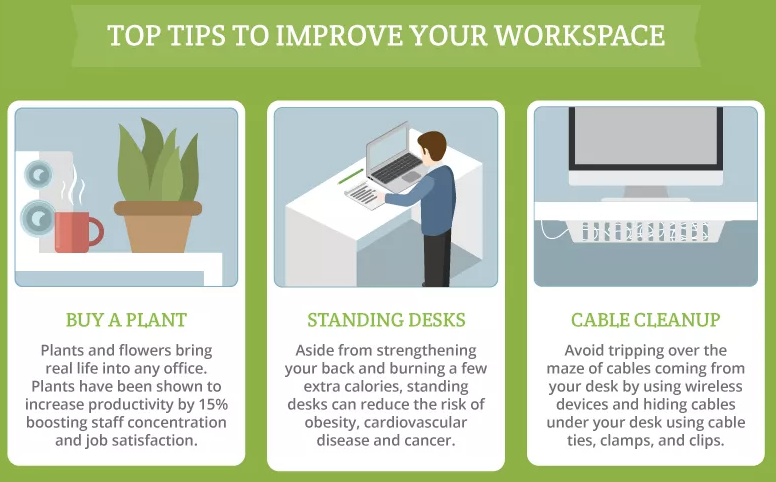
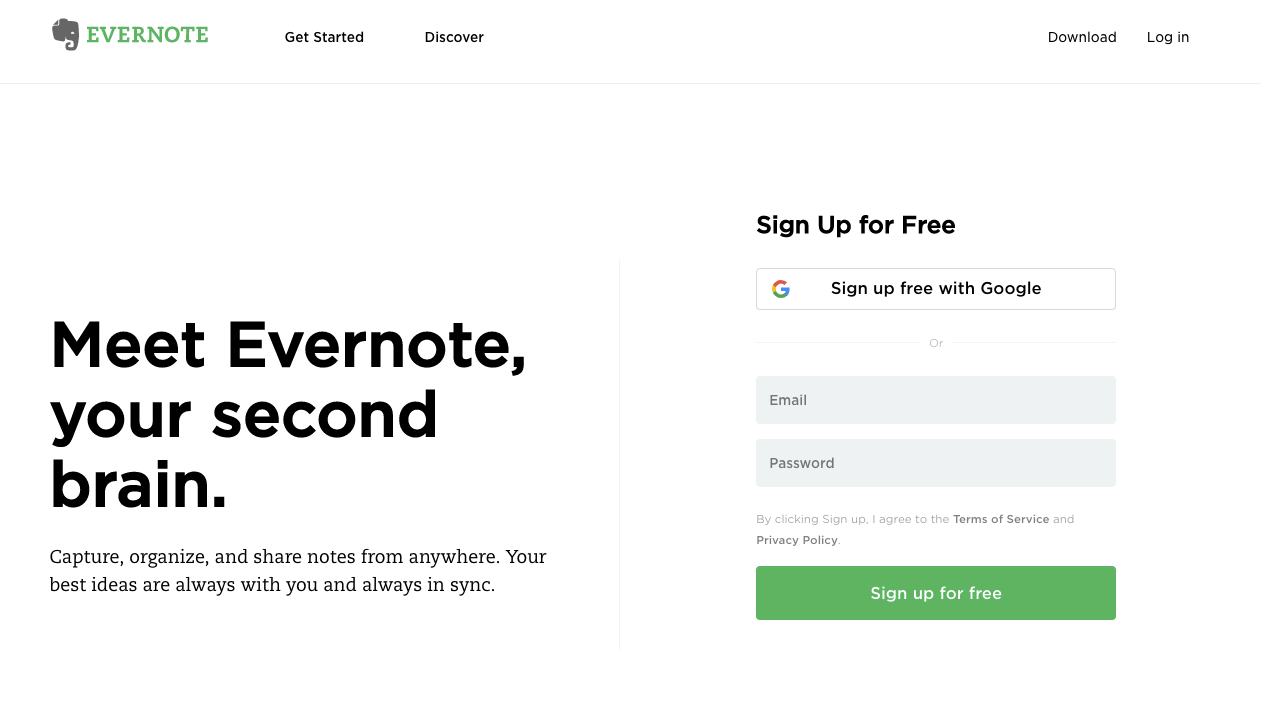

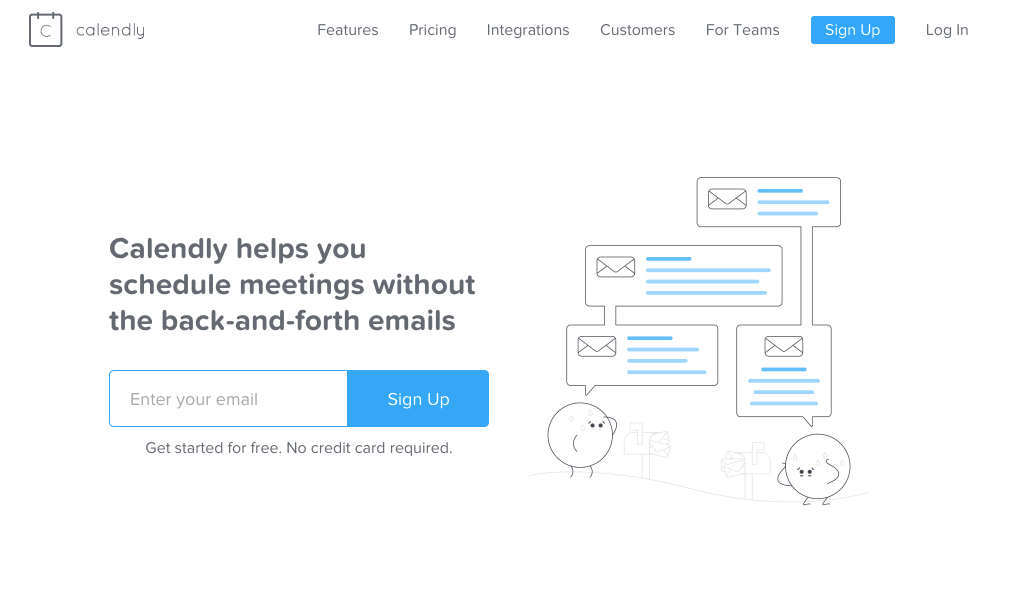
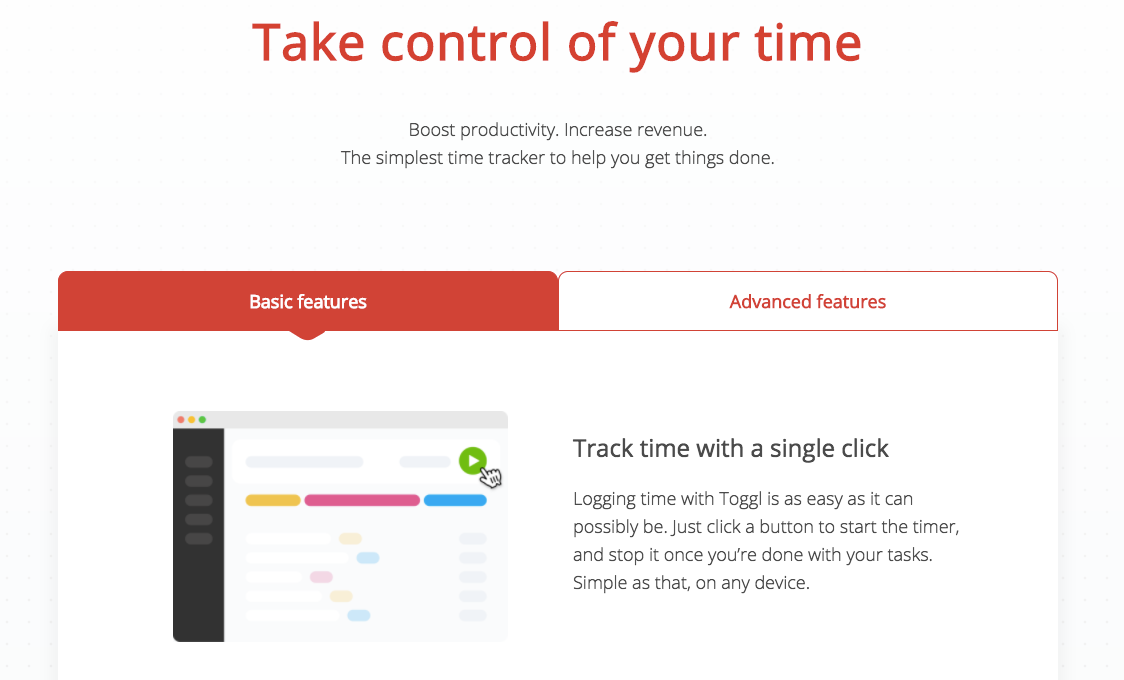

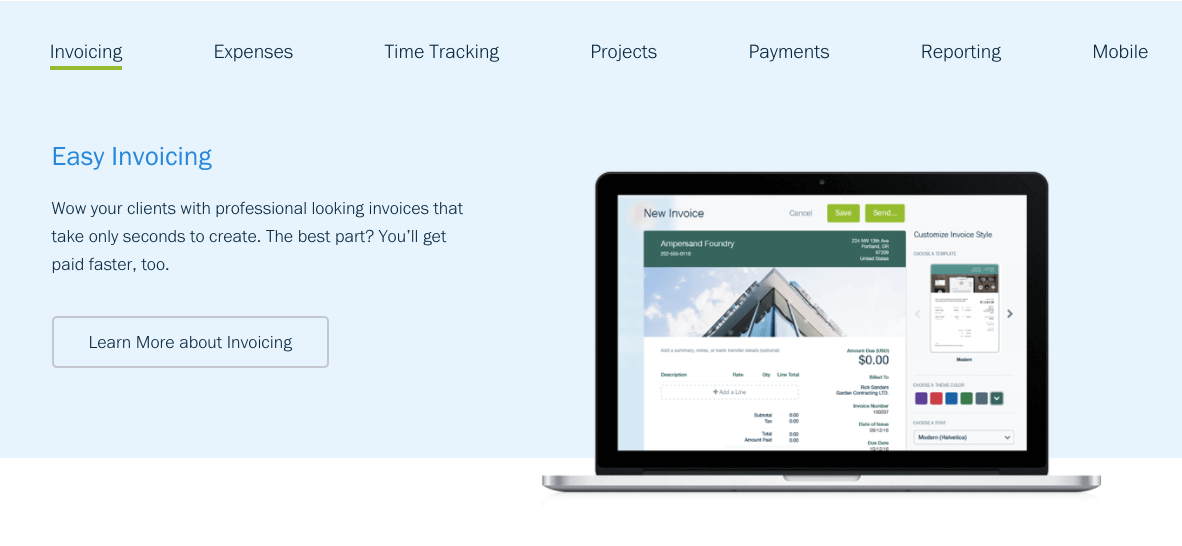


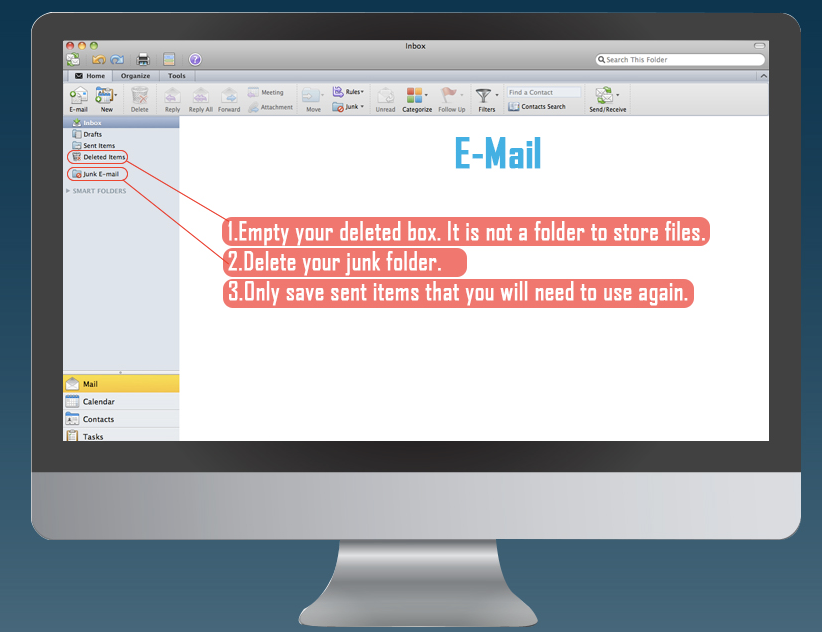

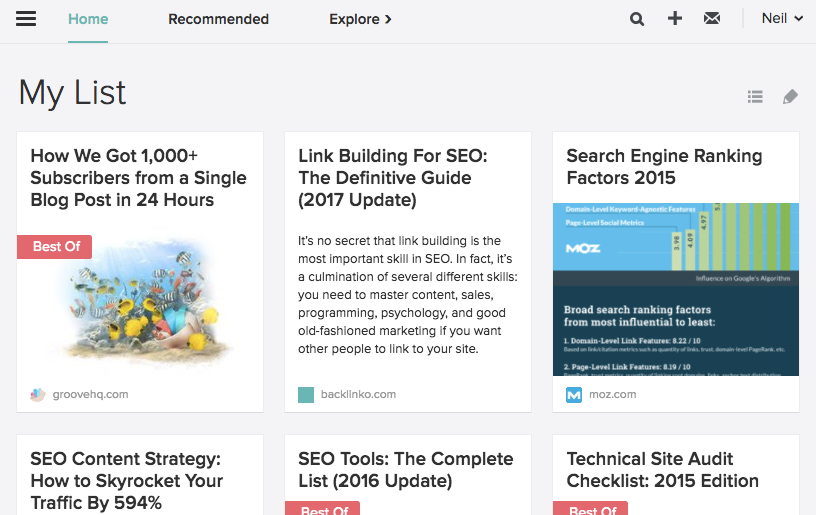
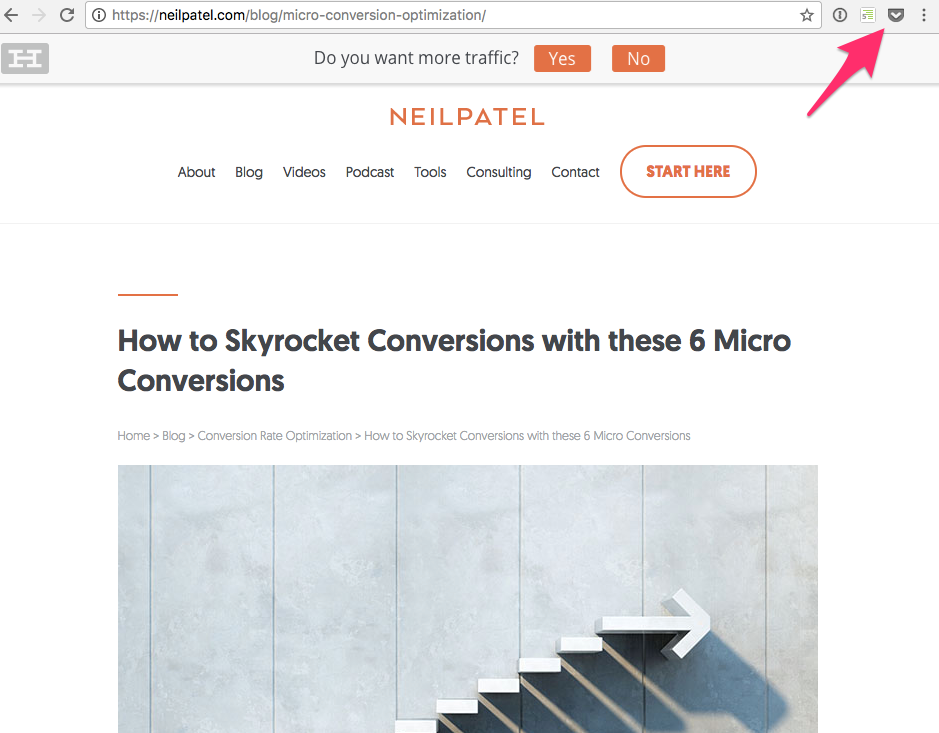
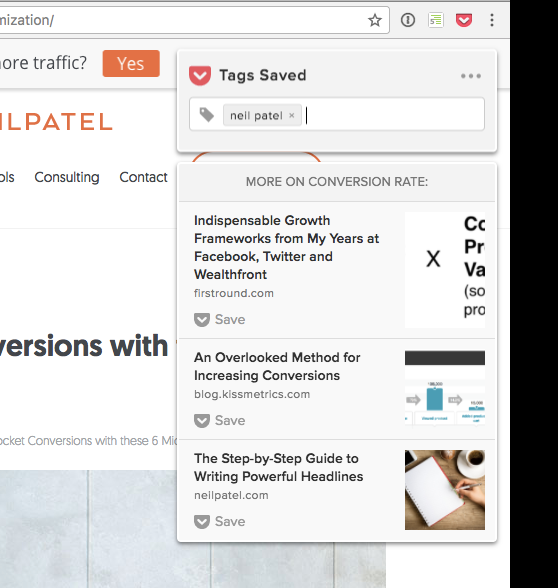
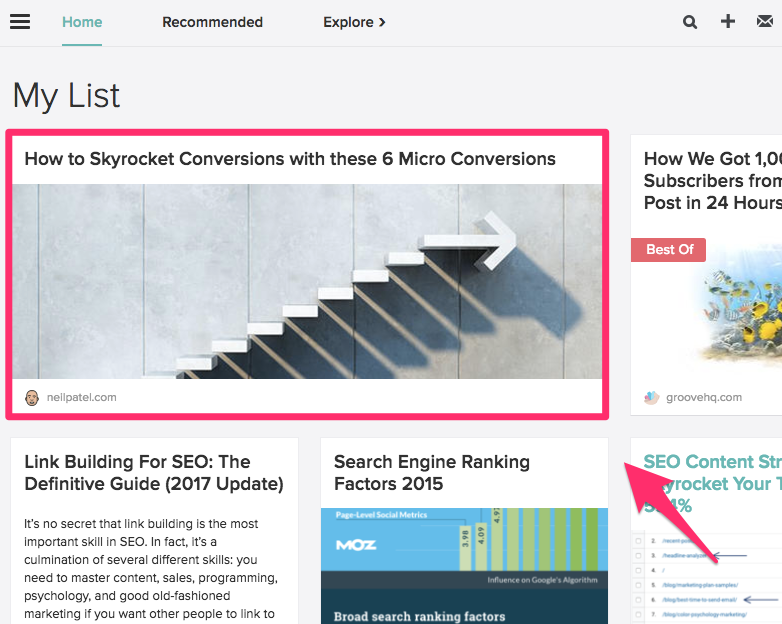
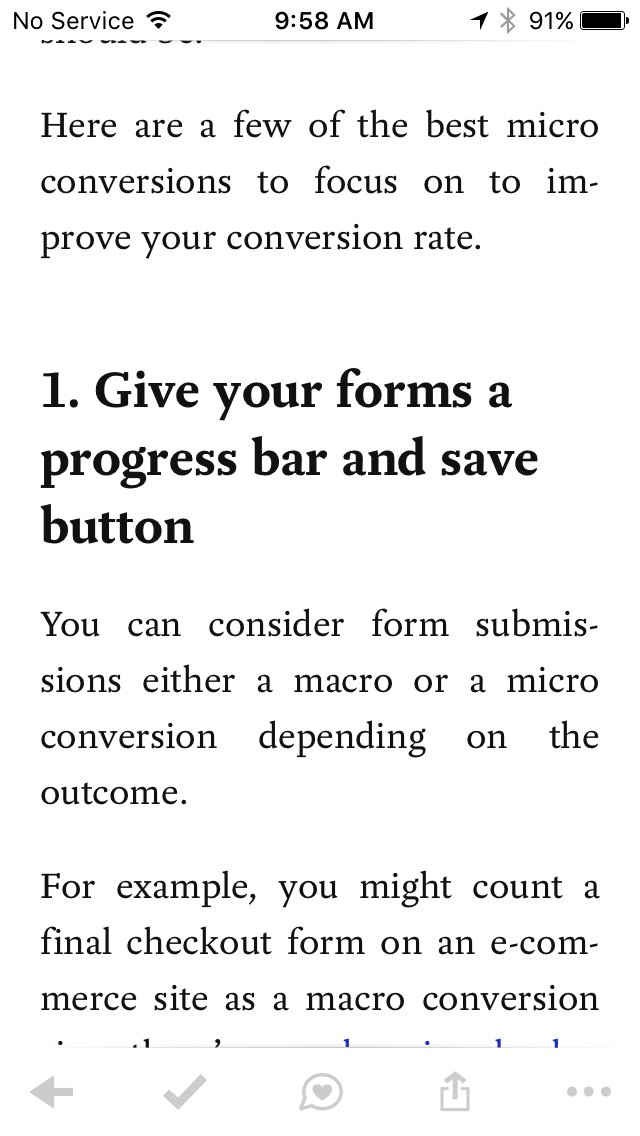
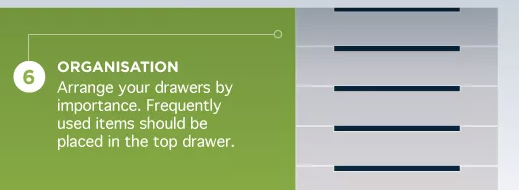
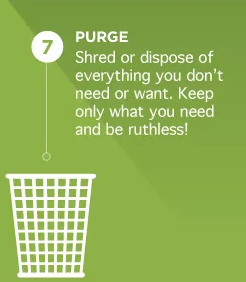
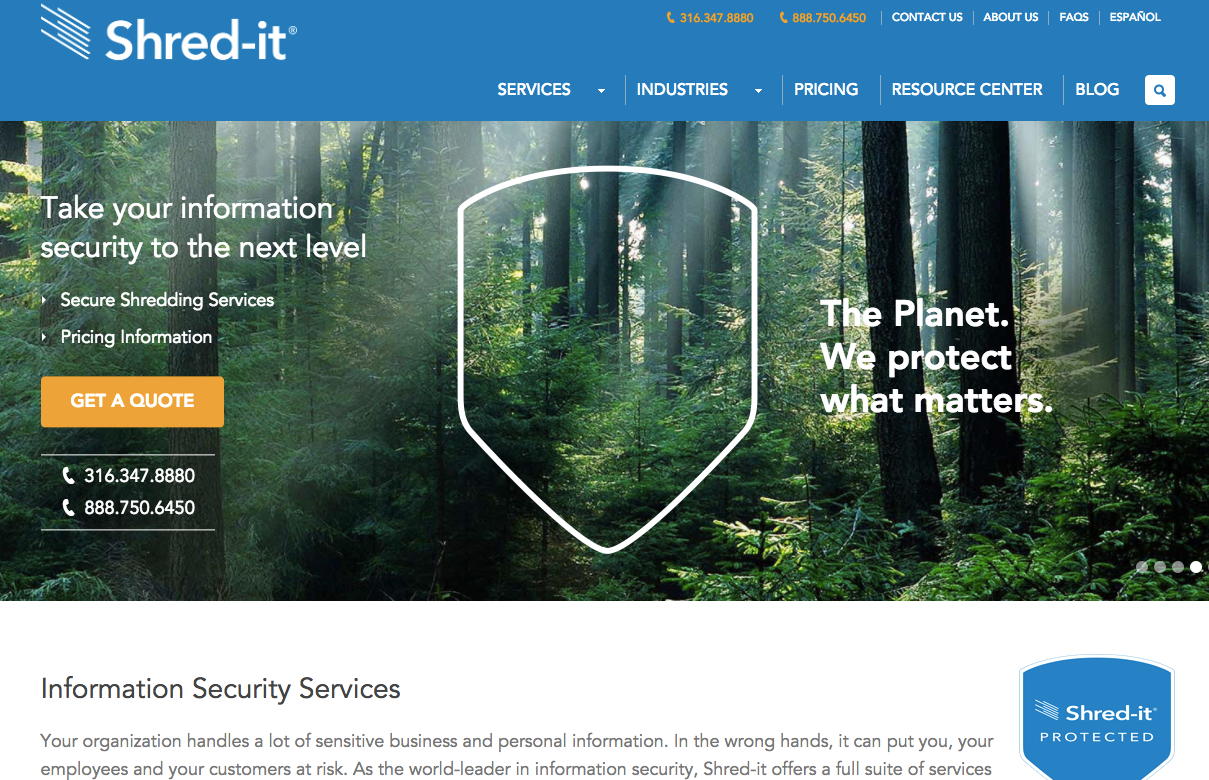
Comments (10)